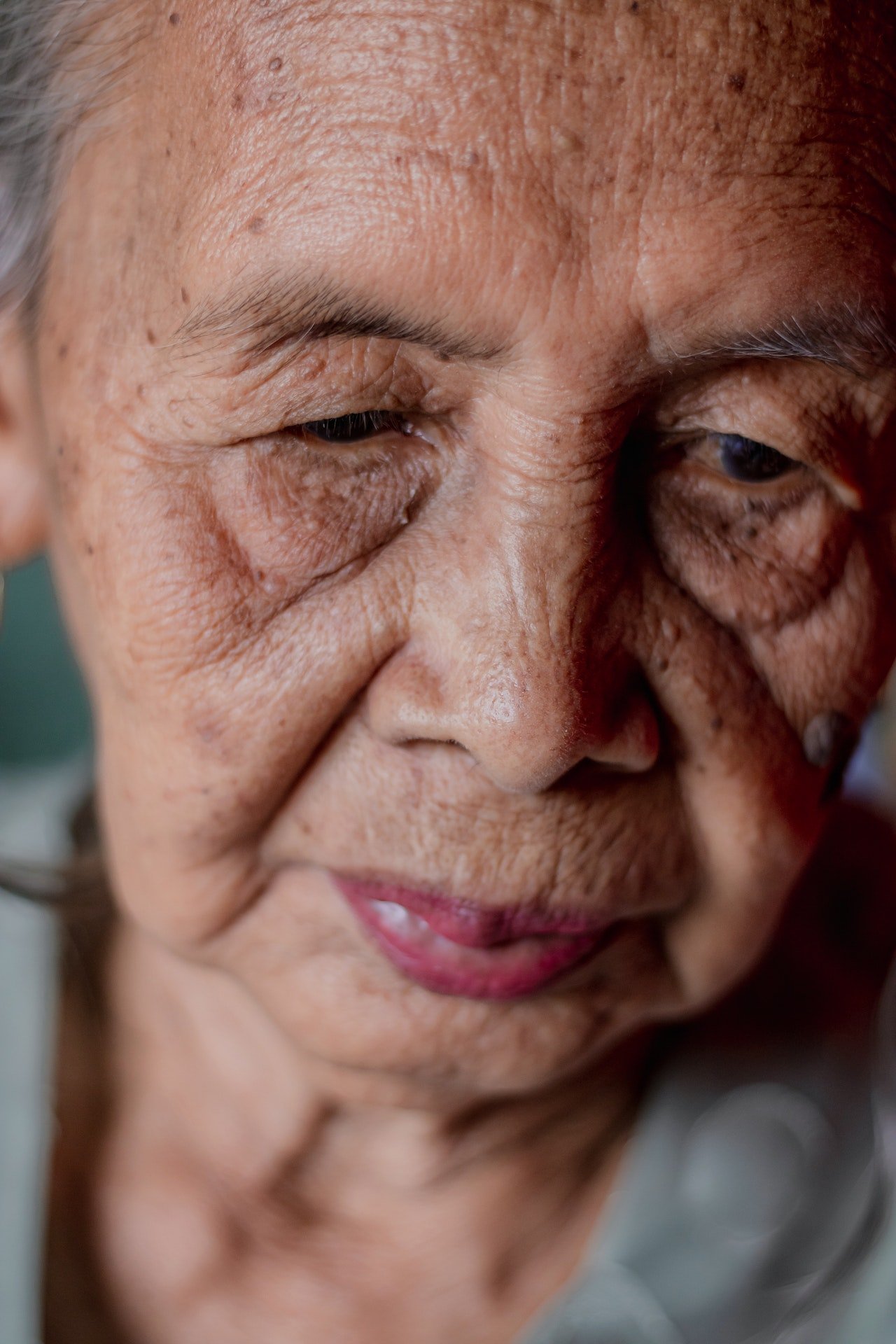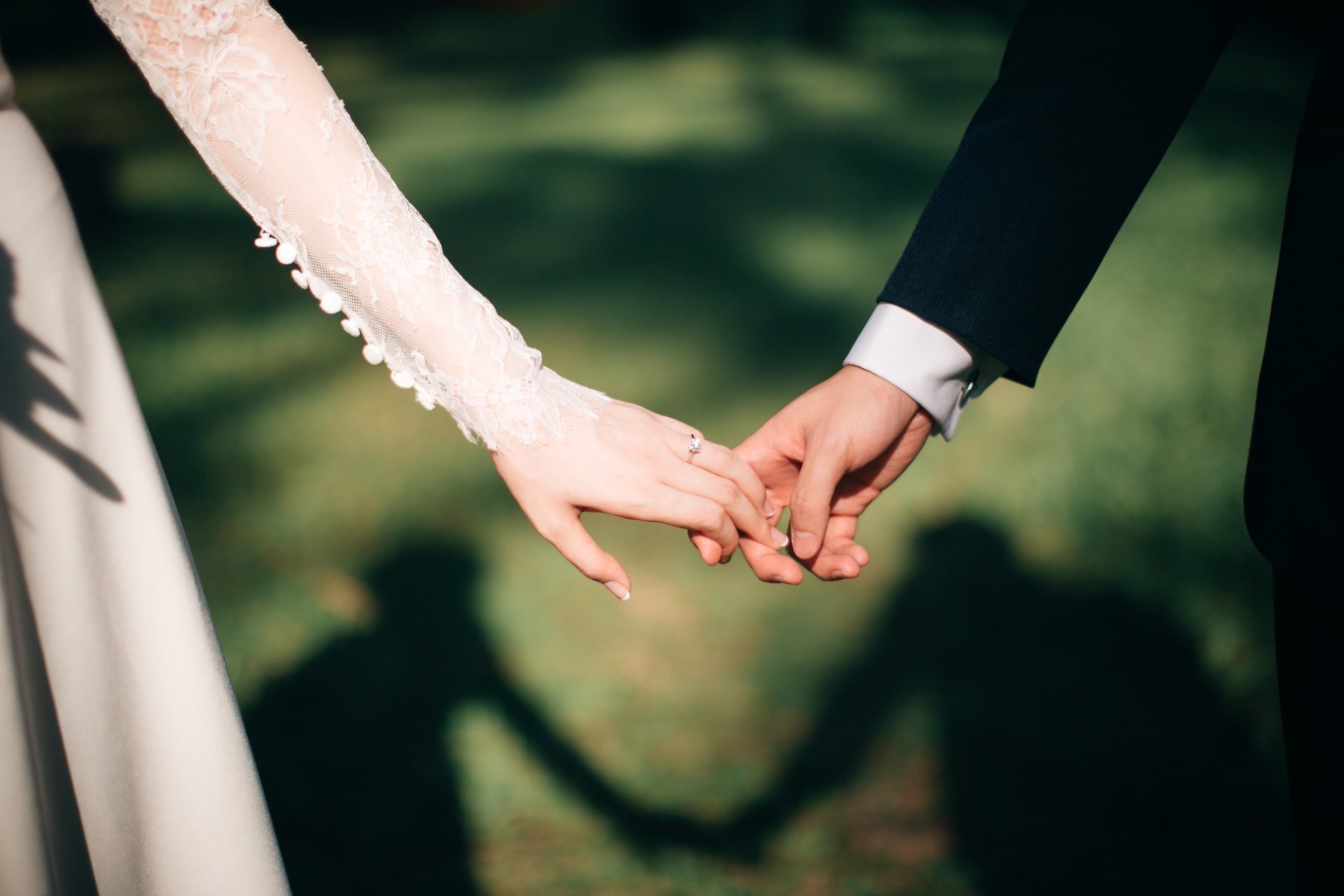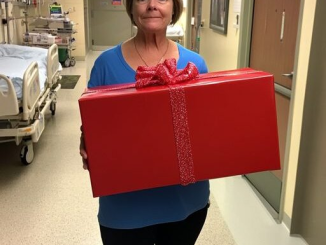For almost twenty years, many of us remember watching the adventures of TV’s most famous dog – Lassie.
This beloved Rough Collie and her human friends were on our screens for 17 seasons, from 1954 to 1973. The show even switched from black and white to color in the 1960s.
But one of the most unforgettable parts of the show was when 7-year-old Timmy Martin joined in the fourth season. Timmy and his family adopted Lassie, creating some of the most memorable moments in the series.

Jon Provost, who played Timmy on *Lassie*, just celebrated his 74th birthday. He looks back fondly on his time filming with his four-legged co-star and remembers how Hollywood discovered him at only 3 years old.
The actor, born in Los Angeles, recalls that when he was 3, his mom took him to an audition for a Jane Wyman movie. She was a huge fan and just wanted her autograph. But out of 200 kids, Jon got the part.
Acting wasn’t something that ran in the family. Jon’s father had a completely different job—he was an aeronautical engineer.
“My parents weren’t Hollywood people,” Jon said. “My father is from Alabama, and my mother is from Texas.”

At age 4, Jon Provost landed a role in a movie with Grace Kelly and Bing Crosby.
“I didn’t have an agent at the time. After that, I got one, and it led to more movies like *The Country Girl* with Bing Crosby and Grace Kelly. I did about 12 movies before I started *Lassie*,” he told Fox News.
Jon also shared memories of working with the three different male dogs who played the role of Lassie. He said he formed a special bond with the last dog who portrayed the famous female collie.

“I did the show for seven years, filming 249 half-hour episodes. I worked with three different Lassies,” Jon Provost told Fox News.
He shared that the last dog he worked with was by his side for five years straight. “We grew up together. For five years, we saw each other five days a week, and sometimes even on weekends.”
Jon also revealed how well-behaved the dog was on set. “The actors made more mistakes than the dog,” he laughed. “They were more of a problem than Lassie.”

After leaving *Lassie* at 14 years old, Jon Provost went on to star with big names like Natalie Wood and Kurt Russell. Despite growing up in Hollywood, he avoided the common pitfalls many child actors face.
“My parents let me pretty much do what I wanted to do. I didn’t have to take a job,” Jon said.
Looking back, he added, “When I left Hollywood, I thought it was good that I did.”

Today, Jon lives away from the spotlight in Northern California but still receives fan mail from his time on *Lassie*. In 1994, he was honored with a star on the Hollywood Walk of Fame.
The character Lassie became so famous that she even had her own radio series.
In 1979, Jon married Sandy Goosens, and they had two children, Ryan and Katie. However, after 14 years of marriage, they divorced in December 1993.
In 1999, Jon found love again when he married Laurie Jacobson, a well-known researcher and author.
I’ve always been a big fan of the adventures this sweet duo went on. And with a moral in every episode, it was the perfect show for kids.
Please share this with all the *Lassie* fans you know.
Saleslady Kicks Poor Old Woman Out of Luxury Store, Cop Brings Her Back Later – Story of the Day

Kerry didn’t have much money as she lived on her pension. But she wanted to buy a dress for her granddaughter Anne’s prom. At a luxury store, saleslady Sandra greeted her but couldn’t disguise her prejudices, as Kerry didn’t look like her regular customers. She drove Kerry away, but someone stepped up to help.
“Grandma, I don’t care about prom! Really. I just want to stay home and watch movies with Mom,” Kerry’s granddaughter, Anne, said through the phone.
Kerry had called her to talk about her graduation from Strawberry Crest High School in Tampa, Florida, was coming up, and prom was right around the corner. But the older woman was surprised when her granddaughter assured her that she didn’t want to go. She claimed to not care about the event, but Kerry knew the truth.

Kerry went to a luxury store to find a dress for Anne. | Source: Shutterstock
Her daughter, Lisa, worked minimum wage, and Kerry lived on her pension alone. None of them had enough money to buy Anne a proper dress for the prom. The 18-year-old felt embarrassed about it.
“Ma’am. Are you ok? Can I help you with anything?” a kind male voice asked.
“Are you sure you don’t want to go? You know I went to the prom with your grandfather. He asked me out of the blue, and we got married a few months later. We loved each other until the day he died, and I still miss him every day. The prom can change your life,” Kerry insisted, her voice cheerful as she tried to convince her to go.
“I know, Grandma. But still. I don’t want to go. Also, I don’t have a date either, so it doesn’t matter. Listen, I have to go study, I still have a few finals left. Talk to you later!” Anne said and hung up the phone too quickly for Kerry’s comfort.
Therefore, the older woman decided something. She was saving a bit of her pension every single month to cover her funeral costs so that Lisa would not have to worry about anything expensive. But there was something more pressing right now.

The saleswoman greeted her but her attitude changed for some reason. | Source: Pexels
She wanted to buy a dress for her granddaughter. Anne deserved it. She was a brilliant kid who worked hard at school. It wasn’t her fault that they lived in poverty most of the time, and Kerry would convince her to go to the prom in a lovely dress.
The following day, she went to the mall and found a beautiful boutique full of amazing dresses. She entered, and her eyes widened at the sparkle. “What would Anne like?” she asked herself, touching one gown closest to her.
“Hello! My name is Sandra. How may I help you… ugh… today?” a saleslady approached Kerry, but she stumbled on her words for some reason. The woman looked up and down at Kerry and her mouth twisted strangely.
“Hi there! I’m looking for a dress for my granddaughter. Her prom is coming up,” Kerry explained, smiling at the woman despite her weird demeanor.
“I’m sorry. This is not a rental store. You have to buy these dresses in full,” Sandra said, linking her hands together.
But Kerry had no idea what she was talking about. “I know that. But can you show me some of the most popular models?”

Kerry realized what the saleslady was implying. | Source: Pexels
“Well, the most popular are pretty pricey. In fact, the entire store might not be in your price range. Perhaps you could go to Target for it?” Sandra suggested, and Kerry finally realized the woman’s attitude. She didn’t think Kerry could afford anything and shouldn’t be shopping at that store.
She was offended immediately but didn’t want to say anything and cause a scene. She continued walking around the store, with Sandra following. “I’m just going to browse around, okay?” Kerry said, trying to get the woman off her back.
“Listen, you can really get nice things at Target in your price range. This is simply too much,” Sandra continued, crossing her arms. “Also, we have cameras everywhere. You won’t be able to stash anything in that ugly old bag of yours.”
Kerry finally turned around to face the rude saleslady, and her eyes widened. Sandra smirked cattily at her, daring her to do something. But she had never been a confrontational person, so she rushed out of the store, ashamed, and tears streamed down her face.

A police officer asked what was wrong. | Source: Unsplash
She was right outside the mall when she dropped her bag accidentally, and for some reason, that made her break down even more. After being humiliated by the woman, she cried heavily, but something touched her shoulder.
“Ma’am. Are you ok? Can I help you with anything?” a kind male voice asked, and Kerry lifted her head to stare at a young cop, who tried to get her to stand up straight. He leaned down to pick up her purse and gave her a dazzling smile.
“Oh, thank you, officer,” Kerry said, grabbing the bag and composing herself.
“Well, I’m still an apprentice. I’m only 20, but I’ll be an official officer soon enough,” the young man answered humorously. “Can you tell me what happened?”
“Well, it’s a bit silly…,” the older woman began. Something about his face made her want to talk about it. He was frowning heavily by the time she finished.
“That’s preposterous! How can a salesperson treat you like that?” he said.
“What’s your name, young man?”

He ushered her back to the store and talked to the manager. | Source: Pexels
“George Martins,” he answered and looked toward the mall doors. “Look, my mentor came here for coffee. But we have time to choose a dress. Let’s go!”
Kerry wanted to refuse, but George pulled her along towards the luxury boutique. Sandra spotted her immediately.
“I thought I told you to leave… oh, officer. What’s going on?” Sandra asked, changing her tune as soon as she saw the cop with Kerry.
“We came here for a dress, and we’re not leaving without one,” George stated, and he gestured for Kerry to continue shopping. He also complained to Sandra’s manager while the older woman looked for a dress.
After a few minutes, she finally chose something beautiful for prom, and George even paid for half of it despite Kerry’s objections. But it wasn’t that expensive because the store offered ended up offering them a discount due to the complaint George raised against them. They heard the manager scolding Sandra while leaving.

Anne looked beautiful in her dress but lamented not having a date. | Source: Unsplash
George accompanied Kerry out of the mall and bid her goodbye. But Kerry couldn’t let such a wonderful young man go just like that. “George, do you have any plans this weekend?” she asked, raising her eyebrows slyly, and George laughed.
***
On prom night, Kerry appeared at Lisa’s house to surprise her granddaughter with the dress in her hands. They told her how vital this rite of passage was for every young person, and they dressed her up.
In the end, Anne was happy and looked beautiful. But she shrugged as they took pictures of her. “It’s too bad I don’t have a date,” she said, arranging her dress shyly.
“Actually…,” Kerry stared, and the doorbell rang at that moment.
George was right outside wearing a beautiful tux, and he had a corsage in his hands. The older woman made introductions, explaining what happened at the mall and how kind George was. Anne was embarrassed, but she accepted the corsage and the date.

Years later, they got married. | Source: Unsplash
They had tons of fun at prom, and seven years later, she and George got married.
“I told you prom can change your life!” Kerry said while helping Anne with her wedding dress.
What can we learn from this story?
- It’s not polite to treat anyone any less because of their looks. Sandra judged Kerry because she didn’t look like her regular customers, and she got scolded because of it.
- Help out as much as you can. George saw a crying older woman and decided to help out. And in the end, he found his happiness thanks to that one moment of kindness.
Share this story with your friends. It might brighten their day and inspire them.
If you enjoyed this story, you might like this one about a waitress who mocked a poorly dressed man at a restaurant, and karma hit her back.



Leave a Reply